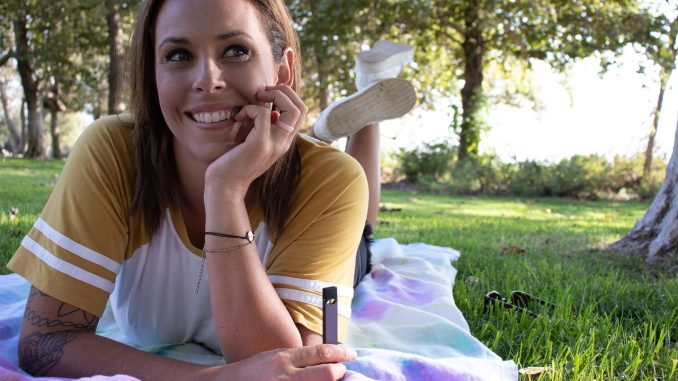
Wendy started vaping at 15 after seeing videos of it on Instagram and TikTok, where it was shown as fun and harmless. Now 20, she has tried to quit many times, but she says it is difficult when “everyone is doing it”.
In Australia, young people like her can be seen everywhere on the streets in recent years.
The number of Australians aged 14–17 who have tried vaping has surged to over 30% in 2022–23, revealing a troubling trend of teenage vaping as part of daily life.
Lifetime use of e‑cigarettes by age, 2016 to 2022–2023

Social Media: Amplifying Vaping Culture
Social media platforms flood teens’ feeds with images of vaping tricks, sleek devices, and influencers making vaping look like a harmless trend.
Professor Becky Freeman, a member of the Prevention Research Collaboration with 25 years of experience in tobacco control and deep knowledge of how online media shape public health, warned:
“Social media is amplifying the positive messaging around e-cigarettes,
especially through user-generated content and influencer posts.”
“These carefully crafted images, often by popular influencers, make vaping look cool and risk-free, giving teens a false sense of safety,” she said.
The constant exposure to bright flavours and trendy devices in videos and posts creates an environment where vaping seems not just normal but essential for social connection.
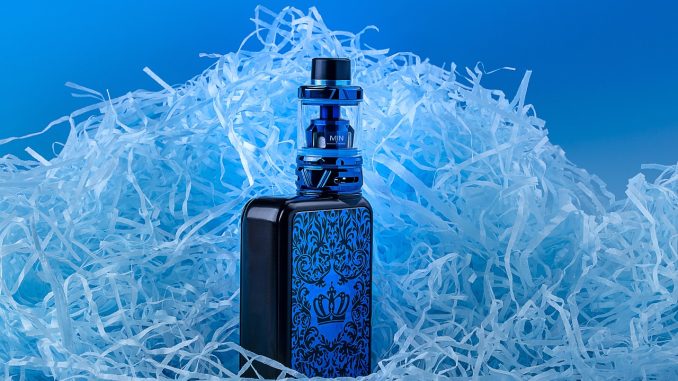
Despite policies that ban vaping ads, platforms like Instagram and TikTok do little to stop these images from spreading, and influencer content stays online long after it’s posted.
Freeman argued that this gap in regulation and the allure of influencer marketing make it even harder for teens to see vaping as a serious health risk.
Easy Access to Vaping Products
For many young Australians, finding a vape is no more difficult than buying a bottle of water.
A recent study revealed that almost 80% of young vapers in New South Wales reported finding it “very easy, easy or quite easy” to access these products, with most getting them from tobacco shops.
These disposable devices, often brightly colored and fruity-flavoured, are especially attractive to young people because they’re cheap and easy to use.
“They’re everywhere,” said Wendy, a 20-year-old student from Sydney who started vaping at 15.
Wendy recalled, “I usually get them from convenience stores near my campus, or just from mates. No one ever asks for ID.”
This easy access is reinforced by the range of shops within walking distance of city, universities and high schools, each stacked with flavoured vapes that cost as little as $20.
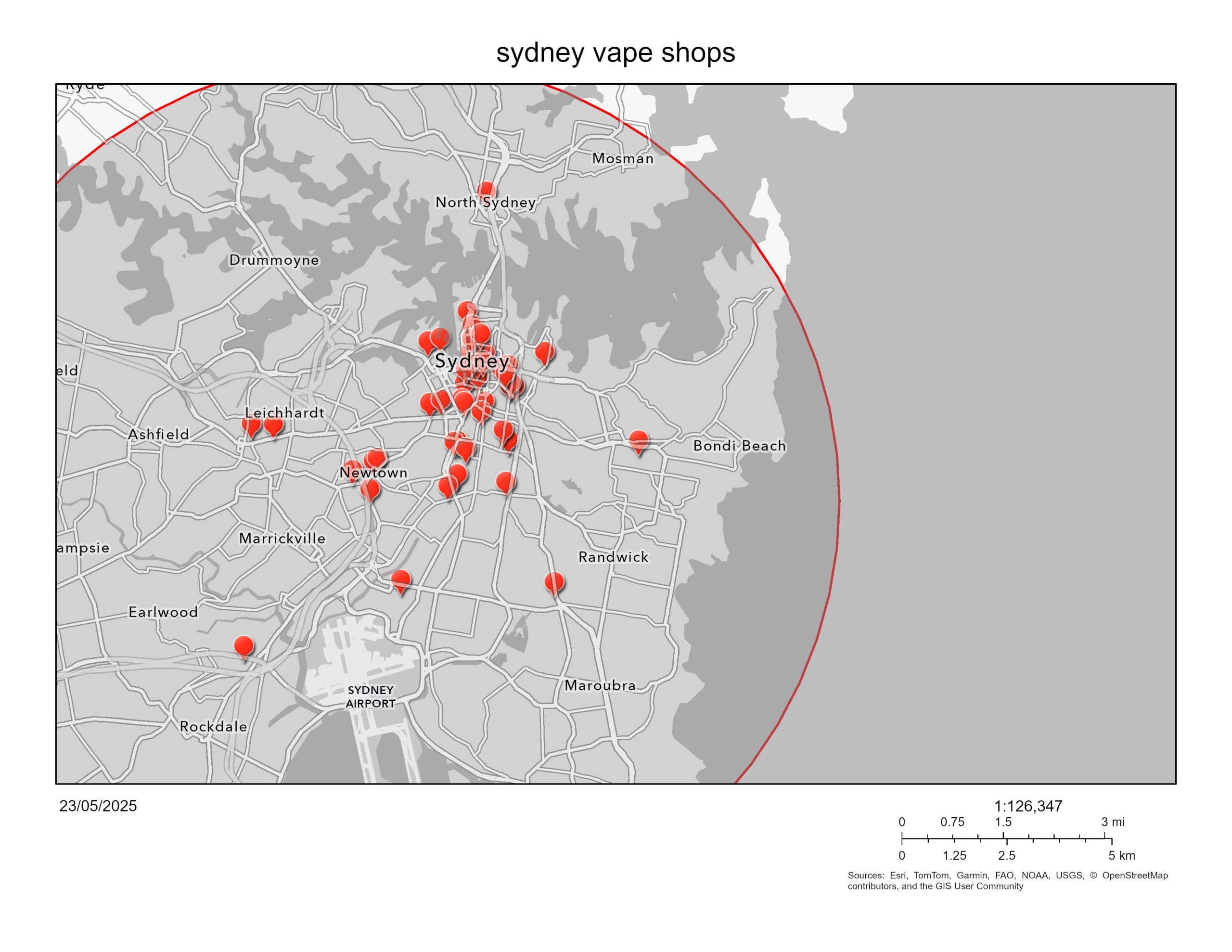
Besides physical stores, social media platforms remain a popular source for purchasing these products.
Wendy added, “You can even find people selling vapes on Instagram and Snapchat. It’s too easy.”
Despite Australia’s prescription-only system, these devices continue to flow freely to teens and young adults.
Health Risks for Young People
Vaping might look harmless in social media videos, but the health risks are real and concerning.
The perception of vaping as a “safer” alternative to smoking is misleading. It can actually be a gateway to smoking or cannabis use.
Wendy admitted she didn’t fully understand the dangers. “I didn’t know it would be this hard to quit,” she said. “It’s pretty much part of my day.” For many teenagers like Wendy, vaping starts as a social activity but quickly becomes a daily habit.
The Lung Foundation Australia pointed out that vaping is linked to immediate issues like chest pain, vomiting, and heart palpitations, and may cause lung damage over time.
The sweet flavours that draw teens in can mask the real dangers of inhaling aerosolized toxins and heavy metals.
Vaping can disrupt brain development, harming learning, mood, and behavioral control in young people.
While some adults might use e-cigarettes as a smoking cessation tool, for teenagers, vaping often represents an introduction to nicotine addiction. Once hooked, they may be more likely to experiment with traditional cigarettes or other tobacco products.
Regulatory Shortcomings
In May 2023, the Australian Government announced reforms to the regulation of vaping products. Strengthened standards were published by the TGA in October 2024 and include new requirements for devices, ingredients, packaging and labelling.
While the rules look strong on paper, they have done little to stop retailers from selling vapes to teenagers, with most young people getting them illegally or from friends.
Many vape shops and online sellers simply ignore the prescription-only requirement, and very few doctors are willing to prescribe e-cigarettes for smoking cessation.
The language used in vape advertising also plays a role, with terms like “vapes” making these products sound safe and trendy to young people.
Even as the federal government has tightened import bans and tried to boost enforcement, the gap between what the law says and what’s actually happening is clear.
Until Australia closes this gap, young people will keep finding ways to get these dangerous products and the cycle of addiction will continue.

The rise in youth vaping in Australia is not accidental. It is driven by the dual forces of social media promotion and easy access.
Addressing this problem will require more than just policy statements. It will need real enforcement, public education campaigns that speak directly to young people, and serious efforts by social media companies to stop the flow of vaping images.
Without these steps, Australia risks another generation hooked on nicotine and dealing with the consequences for decades to come.
It’s time to rethink how culture, accessibility, and policy fuel an addiction that’s anything but harmless.


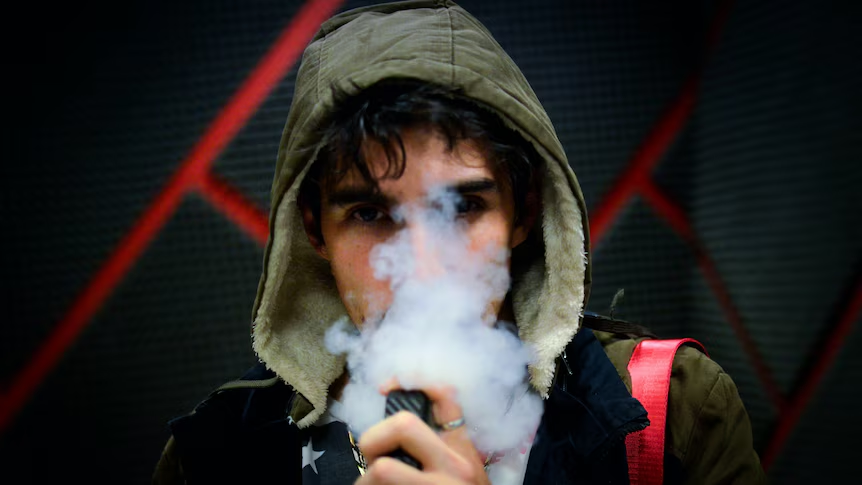

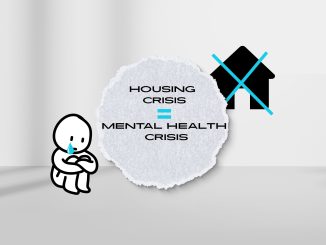
Be the first to comment